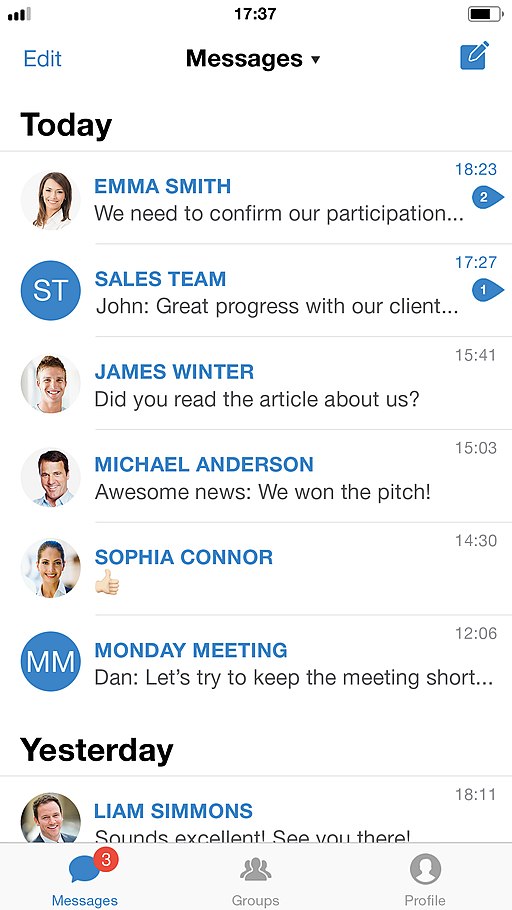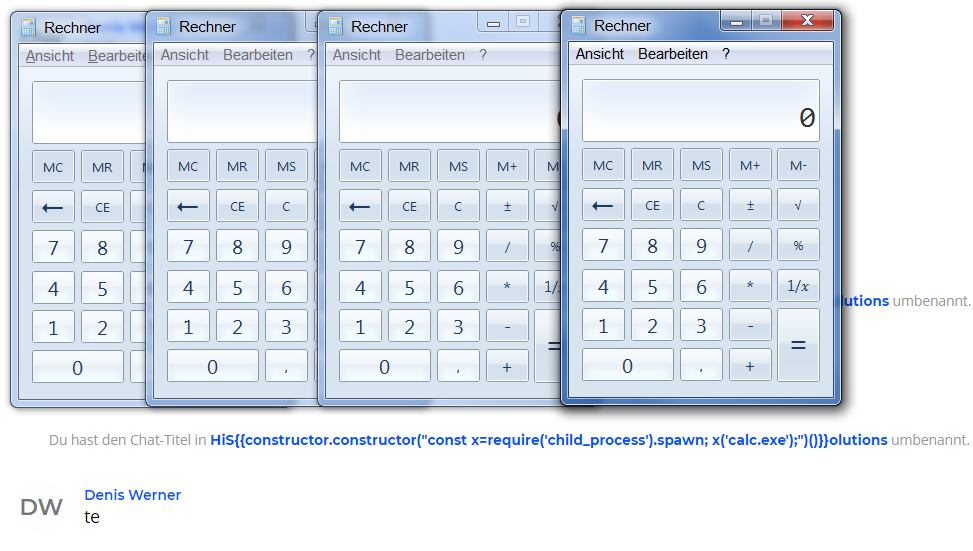Log4Shell-Schwachstelle in Log4j: Überblick
Hilfe zur Selbsthilfe
Unsere aktuelle HiSolutions “Hilfe zur Selbsthilfe Log4Shell” (v1.11 vom 05.01.2022 07:00) gibt es hier zum Download:
(Danke an das Team für die schnelle Arbeit – Inés Atug, Markus Drenger, Enno Ewers, Daniel Jedecke, Lisa Lobmeyer, Lena Morgenroth, Folker Schmidt, Volker Tanger, Manuel Atug.)
Go to English version
Changelog
V1.11 (05.01.2022 07:00): CVE-2021-44832 (Arbitrary Code Execution) und Updatehinweis auf Version 2.17.1 ergänzt. Hinweis auf Ausnutzung ohne Nachladen von Schadcode entfernt. Scantools von AV-, Endpoint-Protection-, IDS- und Schwachstellenscanner-Herstellern ergänzt. Bekannte Angriffe ergänzt.
V1.10 (22.12.2021 09:00): Abgleich mit dem erweiterten BSI-Dokument (Stand 20.12.2021). Ergänzen der Gefährdungslage. Überarbeitung der Dokumentenstruktur. Löschung von Dopplungen. Ergänzen von Maßnahmenempfehlungen. Ergänzen bisher bekannter Angriffe (zum Ableiten möglicher IOCs).
V1.9 (20.12.2021 21:00): Expliziter Hinweis, dass generell alle Versionen vor 2.17.0 anfällig sind. Hinweis auf neue Schwachstelle in Version 2.16.0. Hinweis auf Prüfung in ICS-Umgebungen. Einbeziehung von Produkt-Herstellern und Dienstleistern konkretisiert.
V1.8 (15.12.2021 20:00): Verbesserung und Hinweise zu Überprüfung von Linux-Systemen per Kommandozeile.
V1.7 (15.12.2021 18:00): Verweis auf Angriffe mittels Ransomware hinzugefügt. Klarstellung zur Zielgruppe des Dokumentes eingefügt. Sprachliche Verbesserungen. Hinweis auf besseres Logging eingebaut. Hinweis auf CI/CD und Wiederherstellung von Backups eingefügt.
V1.6 (15.12.2021 12:00): CISA-Liste betroffener Produkte hinzugefügt. Hervorhebung der neuen Log4j 2.15.0 CVE-2021-45046 und des Defizits im ersten Patch. Prüfung via Konsole auf Linux-Systemen. Strukturiertes Vorgehen, um zu erkennen, ob Angreifer sich eingenistet und im Anschluss selber das System gepatcht haben. Verifikation der Behebung der Verwundbarkeit nach Patch. Datenschutzrelevantes Dokument vom BayLDA aufgenommen. BSI-Dokumente referenziert. Hinweis auf Feedbackmöglichkeit.
V1.5 (14.12.2021 15:00): Priorisierung und Liste aller Produkte. Wir haben eine Empfehlung zur Priorisierung hinzugeführt sowie eine Vorgehensweise der strukturierten Erfassung aller Produkte, die betroffen sind, und wie diese abgearbeitet werden kann.
V1.4 (14.12.2021 13:00): log4j v1.x mit CVE-2021-4104 adressiert. Ausnutzung der Schwachstellen seit 1.12.2021. Cloud Dienste hinzugefügt. Potentiell betroffene Systeme mit drei Merkmalen beschrieben. Intranet erläutert. Egress-Filter (ausgehender Datenverkehr) hinzugefügt. Hinweis auf Logfile-Sicherungen aufgrund der Angriffe seit 1.12.2021. Hinweis auf Aussage Hessischer Beauftragter für Datenschutz und Informationsfreiheit (HBDI), dass wegen Art. 33 DSGVO auf erfolgreiche Angriffe zu prüfen ist.
V1.3 (13.12.2021 17:00): Erste veröffentlichte Version
Beiträge zu Log4Shell/Log4j
- Log4Shell: HiSolutions Self-Help Guide Log4jThe following self-help guide contains HiSolutions’ expert assessment, recommendations, IT procedures, and measures to cope with the ongoing Log4Shell cybersecurity incident and attack wave caused by a critical vulnerability in the Apache Log4j logging library. Special thanks to Lisa Lobmeyer for the English version.
- Log4Shell-Schwachstelle in Log4j: ÜberblickHilfe zur Selbsthilfe Unsere aktuelle HiSolutions “Hilfe zur Selbsthilfe Log4Shell” (v1.11 vom 05.01.2022 07:00) gibt es hier zum Download: (Danke an das Team für die schnelle Arbeit – Inés Atug, Markus Drenger, Enno Ewers, Daniel Jedecke, Lisa Lobmeyer, Lena Morgenroth, Folker Schmidt, Volker Tanger, Manuel Atug.) Go to English version Changelog V1.11 (05.01.2022 07:00): CVE-2021-44832 (Arbitrary Code Execution) und Updatehinweis auf Version 2.17.1 ergänzt. Hinweis auf Ausnutzung ohne Nachladen von Schadcode entfernt. Scantools von AV-, Endpoint-Protection-, IDS- und Schwachstellenscanner-Herstellern ergänzt. […]
- Log4Shell: Massive Bedrohung durch Schwachstelle in Bibliothek Log4jAktuell besteht eine IT-Sicherheitsbedrohung der höchsten Warnstufe: Durch eine Schwachstelle in der weitverbreiteten Java-Protokollierungsbibliothek Log4 sind sehr viele Systeme, Anwendungen und Applikationen (unvollständige, ständig wachsende Liste hier) anfällig für einen sehr einfach durchzuführende Remote Code Execution Angriff (RCE). Ein Vielzahl von Akteuren scannt bereits das Internet nach vulnerablen Instanzen, und erste Angreifer haben bereits begonnen, Backdoors auf Systemen zu installieren. Diese könnten später etwa für Ransomware-Angriffe missbraucht werden. Die Bibliothek ist dringend zu patchen – eine Herausforderung durch die vielen […]





